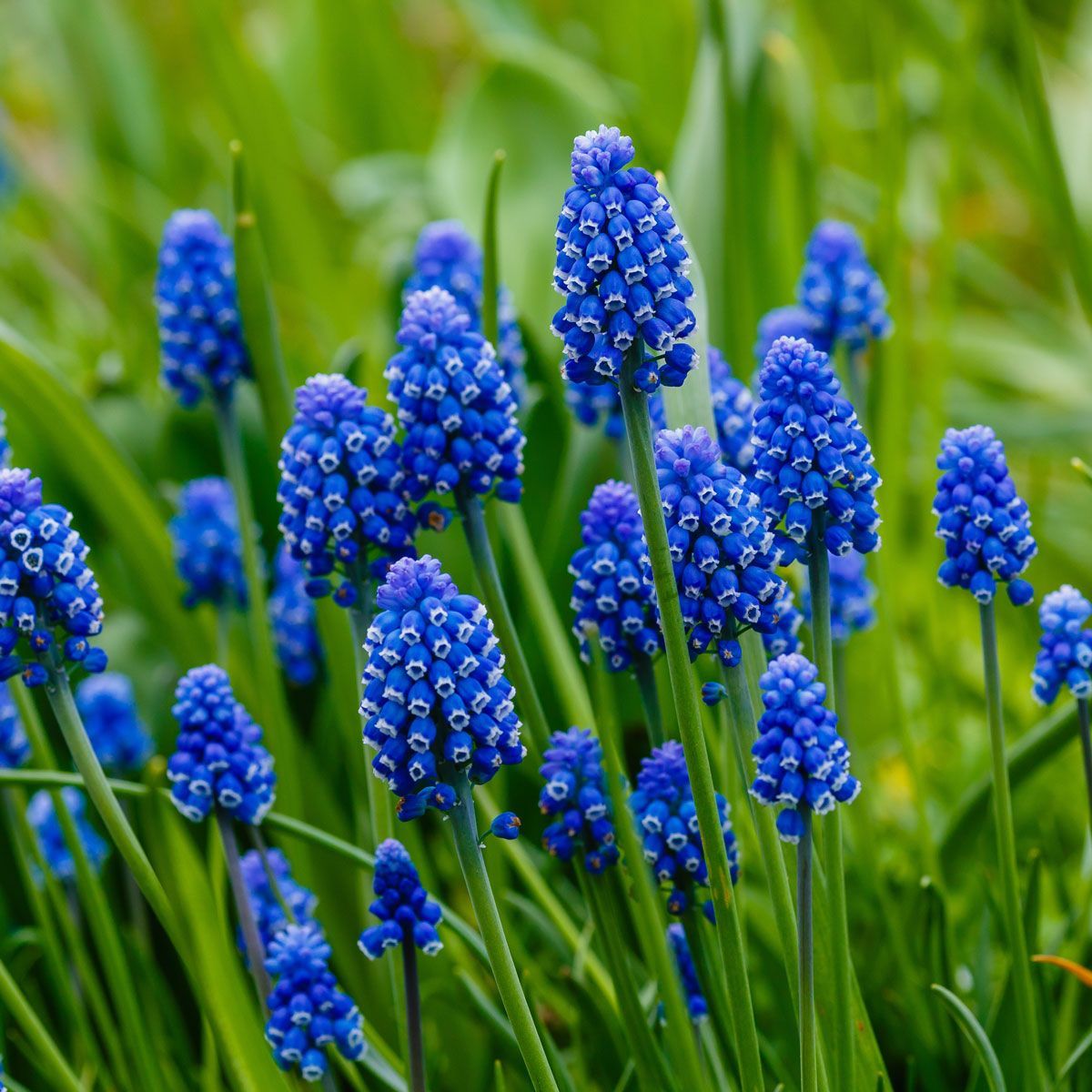

Articles
How To Store Grape Hyacinth Bulbs
Modified: May 6, 2024
Discover the best methods for storing grape hyacinth bulbs in this informative article. Keep your bulbs healthy and ready for planting with these expert tips.
(Many of the links in this article redirect to a specific reviewed product. Your purchase of these products through affiliate links helps to generate commission for Storables.com, at no extra cost. Learn more)
Introduction
Grape hyacinth bulbs, also known as Muscari, are beautiful flowering plants that can add a burst of color to any garden. These small bulbs produce clusters of vibrant, bell-shaped flowers that resemble a bunch of grapes, hence their name. While grape hyacinth bulbs are well-loved for their striking appearance and easy maintenance, it’s important to properly store them during the off-season to ensure their health and vigor for the following year.
In this article, we will guide you through the process of storing grape hyacinth bulbs effectively. From choosing the right bulbs to preparing them for storage, selecting the ideal storage location, and providing essential maintenance tips, you’ll learn everything you need to know to keep your grape hyacinth bulbs in optimal condition.
So, whether you’re a seasoned gardener looking to expand your collection of grape hyacinths or a beginner who wants to make sure their bulbs last for years to come, let’s delve into the world of grape hyacinth bulb storage.
Key Takeaways:
- Choose high-quality, uniform grape hyacinth bulbs to ensure successful storage and vibrant growth. Look for firm, plump bulbs free from damage, and consider larger varieties for robust plants.
- Store grape hyacinth bulbs in a cool, dark, well-ventilated location using breathable containers. Regularly monitor for rot, moisture, and damage to maintain bulb viability for future blooming.
Choosing the Right Bulbs
When it comes to storing grape hyacinth bulbs, starting with high-quality bulbs is crucial. Selecting the right bulbs will greatly impact the success of their storage and the subsequent growth and blooming in the following season.
Here are some tips to help you choose the best grape hyacinth bulbs for storage:
- Inspect the bulbs: Before purchasing grape hyacinth bulbs, carefully examine them for any signs of damage or disease. Look for bulbs that are firm, plump, and free from blemishes or rot.
- Choose larger bulbs: Larger grape hyacinth bulbs tend to produce stronger and more robust plants. Opt for bulbs that are at least 1 inch in diameter for optimal performance.
- Look for uniformity: Select bulbs that are relatively uniform in size and shape. This will ensure more consistent growth and flowering in your garden.
- Consider the variety: Grape hyacinth bulbs come in different varieties and colors. Choose the variety that appeals to you and suits your garden’s overall aesthetic.
By choosing high-quality bulbs, you’re setting a strong foundation for successful storage and future growth of your grape hyacinth plants. Take your time during the selection process to ensure the best results.
Preparing the Bulbs for Storage
Once you have selected the right grape hyacinth bulbs, it’s important to properly prepare them before storing. This will help prolong their shelf life and ensure healthy growth when the planting season arrives.
Here are the steps to prepare your grape hyacinth bulbs for storage:
- Clean and dry the bulbs: Gently remove any soil or debris from the bulbs by lightly brushing them with your hands. Avoid using water as excessive moisture can lead to rot. Allow the bulbs to air dry for a few days in a well-ventilated area.
- Remove foliage: Trim off any remaining foliage from the bulbs. This helps divert energy towards bulb development and prevents the foliage from rotting during storage.
- Cure the bulbs: To further promote drying and prevent disease, consider curing the bulbs. This involves placing them in a warm, dry location with good air circulation for about a week. This step is particularly important if the bulbs were dug up from the ground.
- Inspect for damage or disease: Before storing, carefully examine the bulbs once again for any signs of damage or disease. Discard any bulbs that appear soft, mushy, or show signs of fungal infection.
By taking the time to prepare your bulbs properly, you are minimizing the risk of rotting and infections during storage. This ensures that your grape hyacinth bulbs remain in prime condition until it’s time to plant them again.
Selecting the Storage Location
Choosing the right storage location for your grape hyacinth bulbs is essential to maintain their quality and viability during the dormant period. Here are some factors to consider when selecting the storage location:
Temperature: Grape hyacinth bulbs require cool but not freezing temperatures for storage. The ideal temperature range is typically between 35°F (1.7°C) and 50°F (10°C). This helps slow down their metabolic activity and preserves their energy for the next growing season.
Humidity: It’s crucial to store the bulbs in a location with low humidity. High humidity can lead to the growth of mold or rot. Choose a dry and well-ventilated area to prevent moisture build-up.
Light: Grape hyacinth bulbs should be stored in a dark location. Exposure to light can trigger premature sprouting, which will deplete the bulb’s stored energy and weaken its growth. Find a storage space that is free from direct sunlight or any other sources of light.
Air Circulation: Good air circulation is important to prevent the build-up of moisture and the growth of mold. Avoid storing the bulbs in sealed plastic bags or containers that do not allow for ventilation. Instead, opt for breathable containers or boxes.
Pest Control: Make sure the storage location is free from pests such as rodents or insects that could damage or feed on the bulbs. Consider using natural pest deterrents or traps to protect your bulbs during storage.
Considering these factors, some suitable storage locations for grape hyacinth bulbs include a cool basement, an unheated garage, or a well-ventilated shed. Choose a space that meets the temperature and humidity requirements and provides the necessary darkness and air circulation.
By selecting the right storage location, you can create optimal conditions for your grape hyacinth bulbs and ensure their health and vitality until they are ready to be planted again.
After the grape hyacinth bulbs have finished flowering, allow the foliage to die back naturally before cutting it off. Store the bulbs in a cool, dry place until replanting in the fall.
Storing Grape Hyacinth Bulbs
Now that your grape hyacinth bulbs are properly prepared and you’ve selected the ideal storage location, it’s time to store them. Follow these steps to ensure a successful storage process:
- Use breathable containers: Place your cleaned and dried bulbs in breathable containers such as paper bags or mesh bags. These containers allow for air circulation and prevent moisture build-up.
- Add a moisture-absorbing material: To further protect against excess moisture, you can add a moisture-absorbing material like silica gel packets or dry peat moss to the containers. This will help absorb any residual moisture and keep the bulbs dry.
- Label the containers: To avoid confusion, label each container with the variety of grape hyacinth bulbs stored inside. This will make it easier for you to identify the bulbs when it’s time to plant them next season.
- Place in the storage location: Carefully place the containers of bulbs in the chosen storage location, making sure they are protected from direct light and extreme temperature fluctuations.
It’s important to note that grape hyacinth bulbs have a limited lifespan in storage. While some varieties can store well for several months, others may have shorter shelf lives. It’s recommended to check the bulbs periodically during storage to ensure their condition and discard any that show signs of deterioration.
By following these storage steps, you can preserve the quality and viability of your grape hyacinth bulbs, giving them the best chances for healthy growth and beautiful blooms in the next gardening season.
Read more: How To Store Hyacinth Bean Seeds
Monitoring and Maintenance
While your grape hyacinth bulbs are in storage, it’s important to monitor and maintain their condition to ensure their viability. Here are some tips for proper monitoring and maintenance:
- Regularly check for rot or disease: Periodically inspect the stored bulbs for any signs of rot, mold, or disease. Remove any affected bulbs immediately to prevent the spread of infections.
- Check for moisture levels: Moisture is one of the biggest enemies of stored bulbs. Ensure that the storage containers remain dry and free from excess moisture. If you notice condensation or dampness, remove the bulbs and allow them to air dry before returning them to storage.
- Monitor temperature fluctuations: Keep an eye on the temperature in the storage location. Extreme temperature fluctuations can negatively impact the bulbs. If necessary, adjust the storage location to maintain a consistently cool temperature.
- Inspect and discard damaged bulbs: Regularly examine the bulbs for any signs of damage or decay. If you notice soft or shriveled bulbs, remove them from storage as they may affect the overall health of the stored bulbs.
Additionally, it’s a good practice to revisit the stored bulbs occasionally to ensure they are maintaining their viability. As mentioned earlier, grape hyacinth bulbs have a limited lifespan in storage, so it’s essential to evaluate their condition and discard any bulbs that show signs of deterioration.
By monitoring the bulbs and promptly addressing any issues, you can increase the chances of successful storage and ensure that your grape hyacinth bulbs remain in optimal condition until their planting time arrives.
Tips and Precautions
When it comes to storing grape hyacinth bulbs, there are a few additional tips and precautions to keep in mind to maximize their success:
- Timing is crucial: Store the bulbs as soon as possible after harvest or purchase. Delaying storage can lead to moisture loss or damage to the bulbs.
- Avoid overcrowding: Ensure that the bulbs have enough space in the storage containers to prevent them from touching or rubbing against each other. Overcrowding can cause damage and increase the risk of infection.
- Maintain good air circulation: Proper air circulation is essential to prevent the build-up of moisture and the growth of mold. Consider using breathable storage containers and periodically check for adequate ventilation in the storage location.
- Store only healthy bulbs: Do not store bulbs that show signs of damage or disease, as this can potentially spread the infection to other bulbs in storage.
- Do not expose bulbs to freezing temperatures: While grape hyacinth bulbs require cool temperatures for storage, they should not be exposed to freezing temperatures. Extreme cold can damage the bulbs and reduce their viability.
- Keep pests away: Take precautions to keep pests such as rodents and insects away from the stored bulbs. Consider using natural deterrents or traps to protect the bulbs.
Following these tips and taking necessary precautions will increase the chances of successful storage and ensure the health and vitality of your grape hyacinth bulbs for future growth and blooming.
Conclusion
Properly storing grape hyacinth bulbs is crucial for preserving their health and ensuring beautiful blooms in the next gardening season. By carefully selecting high-quality bulbs, preparing them for storage, choosing the right storage location, and monitoring their condition, you can increase their chances of successful storage and optimal growth.
Remember to choose bulbs that are firm, plump, and free from damage or disease. Clean and dry the bulbs before trimming off any remaining foliage. Curing the bulbs can further promote drying and prevent disease. When selecting a storage location, keep in mind the need for cool temperatures, low humidity, darkness, and proper air circulation.
Store the bulbs using breathable containers and consider adding moisture-absorbing materials. Label and place the containers in the chosen storage location, checking periodically for any signs of rot, moisture, or damage. Monitor temperature fluctuations and promptly remove any damaged bulbs to prevent the spread of infections.
By following these guidelines and taking the necessary precautions, you can ensure that your grape hyacinth bulbs remain in optimal condition until their planting time arrives. The effort put into proper storage will be rewarded with vibrant, healthy plants and a stunning display of grape hyacinth blooms in your garden.
So, take the time to store your grape hyacinth bulbs correctly, and you’ll be rewarded with the beauty they bring year after year.
Now that you've mastered storing grape hyacinth bulbs, why not spruce up your garden's appeal? For enthusiasts eager to enhance their outdoor space, our guide on garden fence ideas offers creative and stylish solutions. Dive into a world where functionality meets aesthetics and discover fences that not only define boundaries but also add charm to your garden landscape.
Frequently Asked Questions about How To Store Grape Hyacinth Bulbs
Was this page helpful?
At Storables.com, we guarantee accurate and reliable information. Our content, validated by Expert Board Contributors, is crafted following stringent Editorial Policies. We're committed to providing you with well-researched, expert-backed insights for all your informational needs.
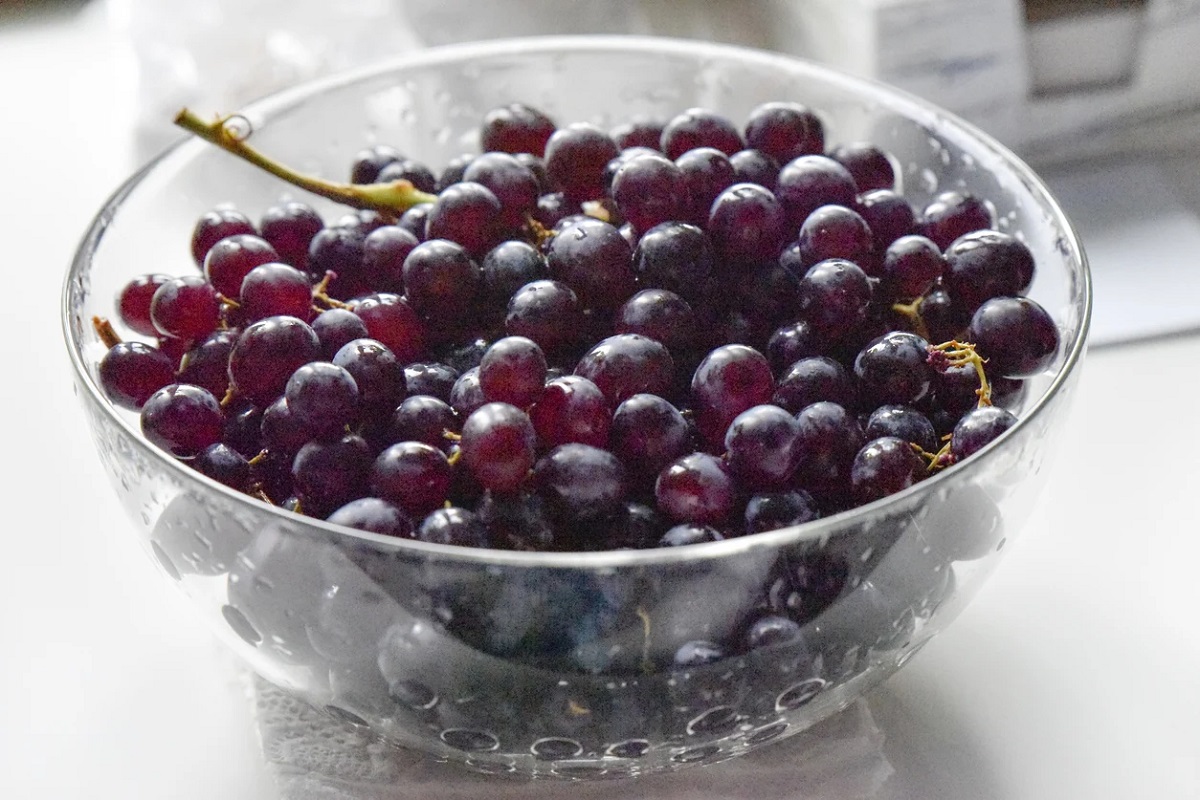
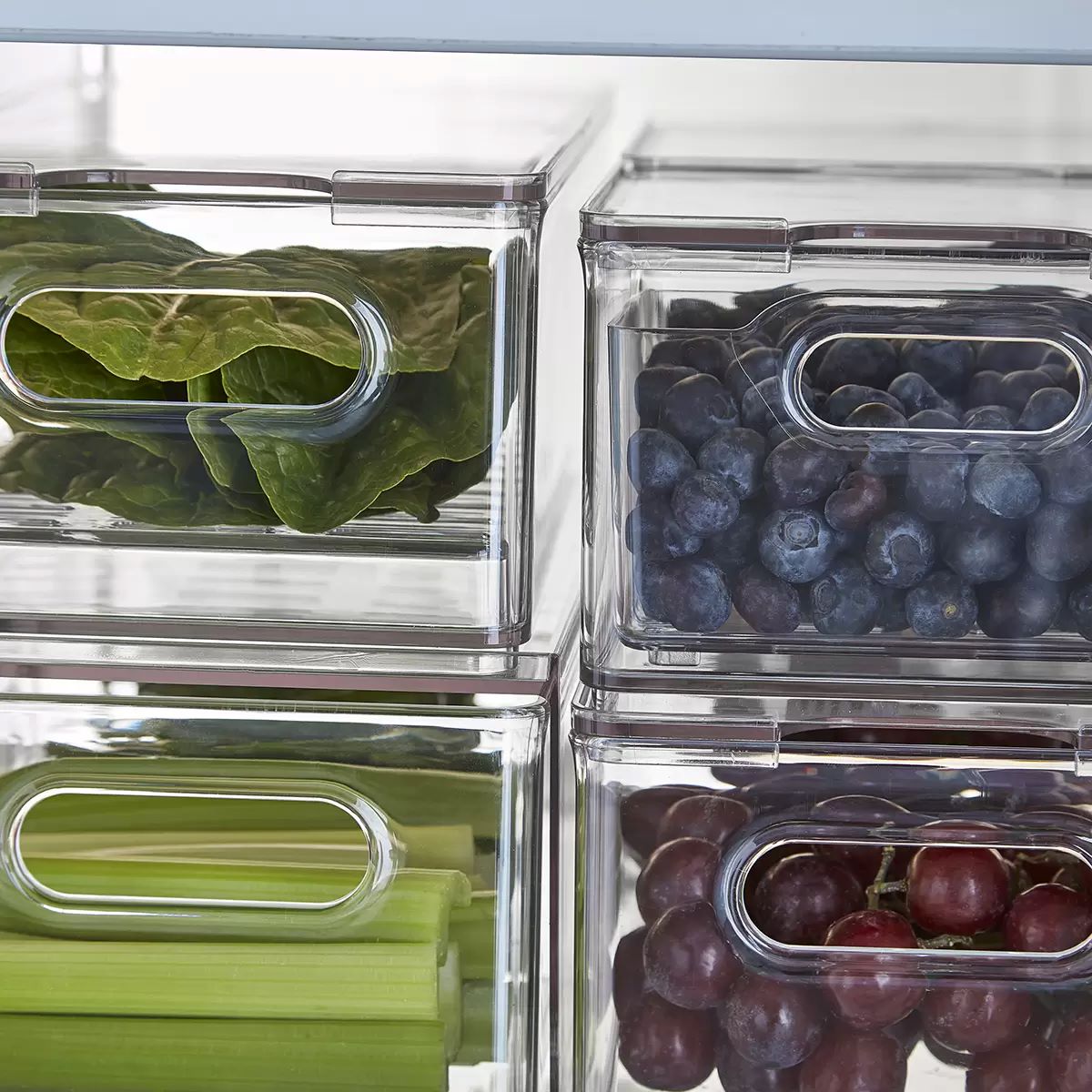
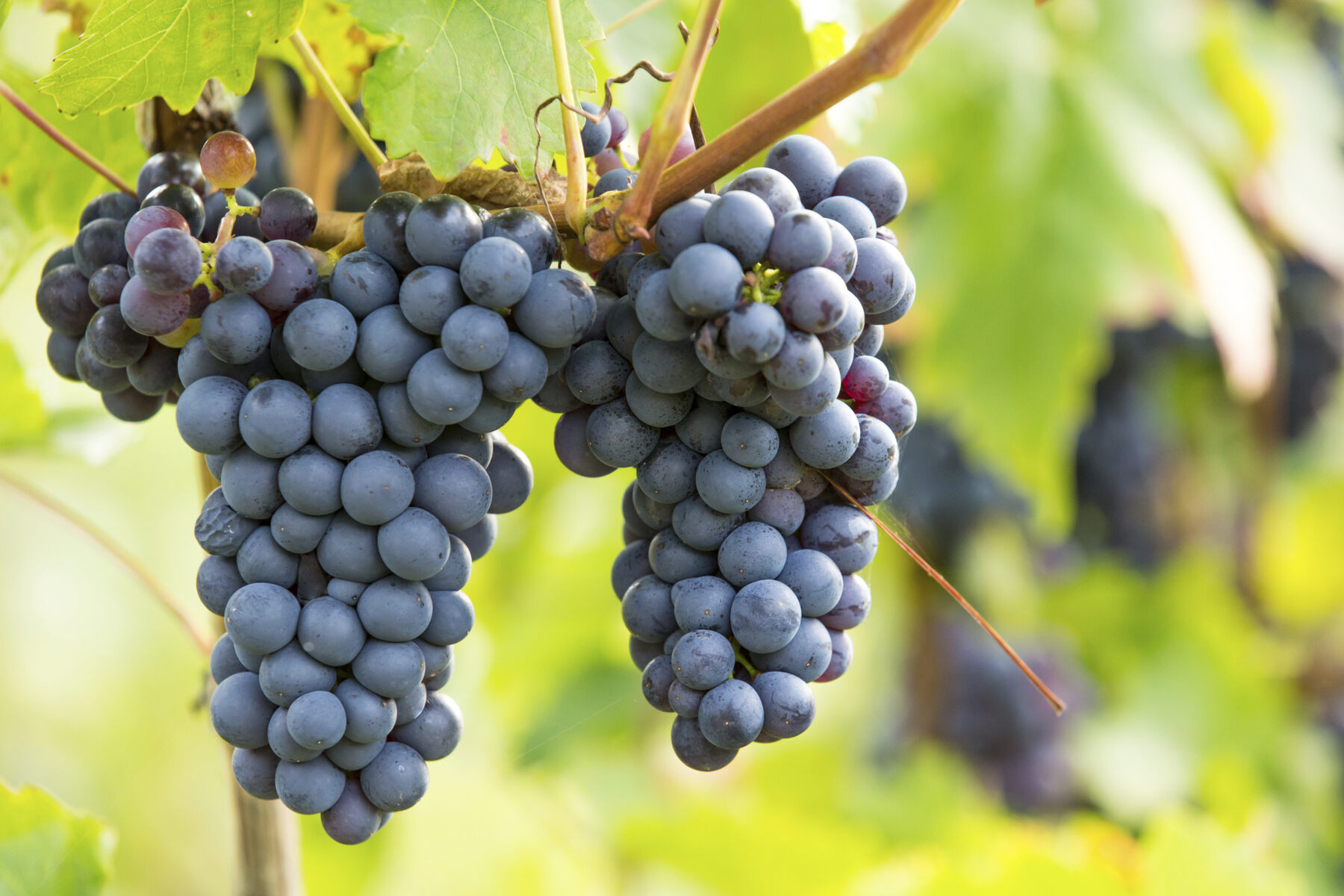
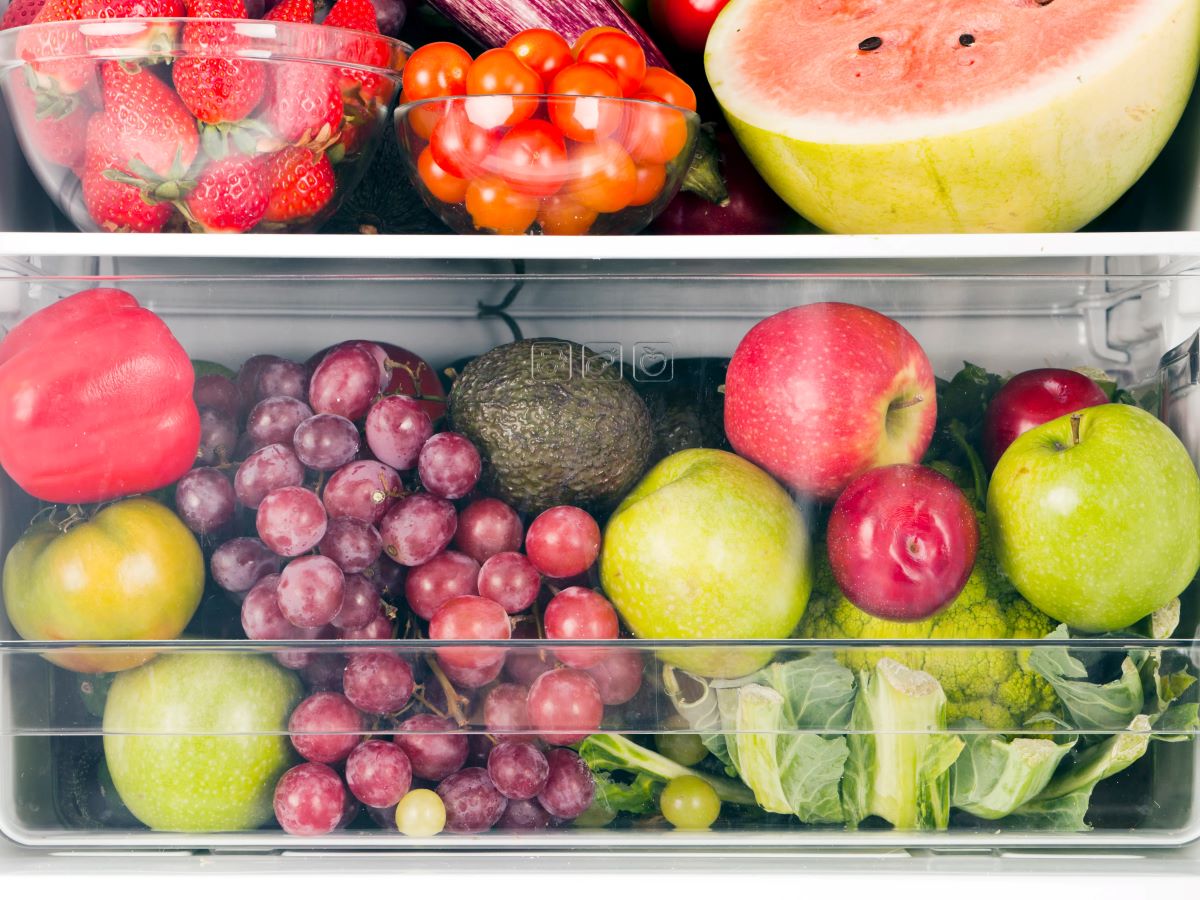
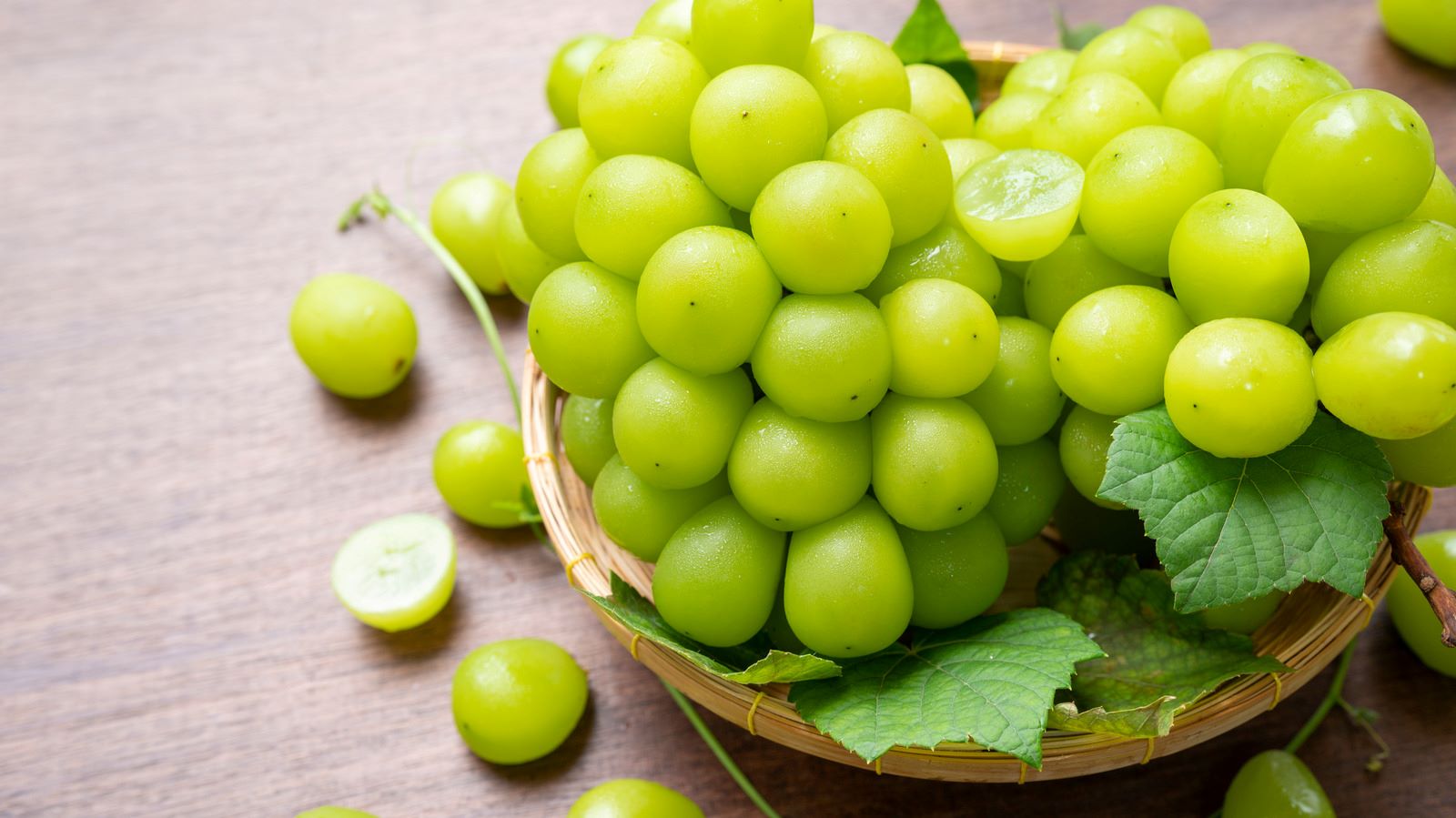
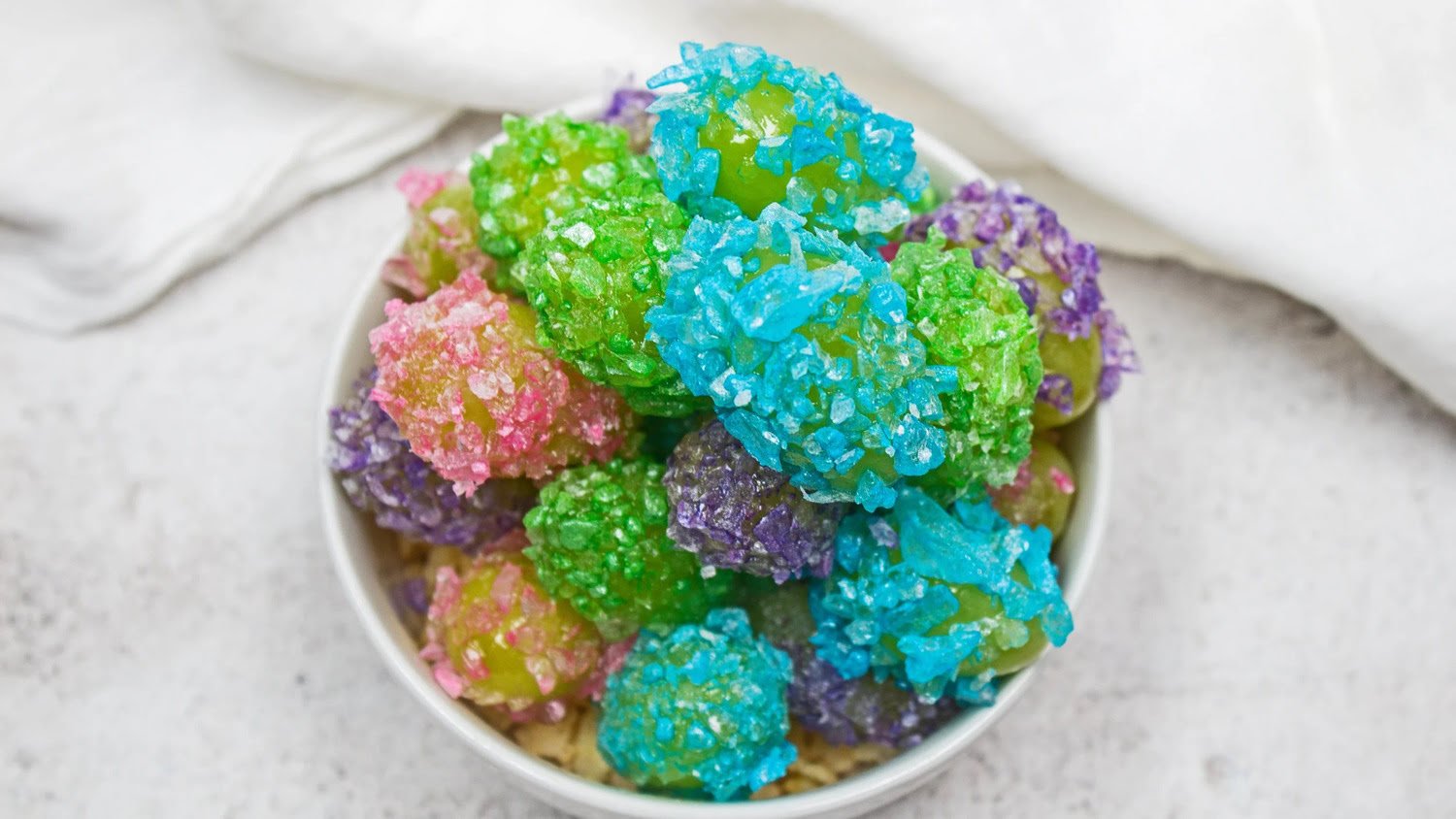
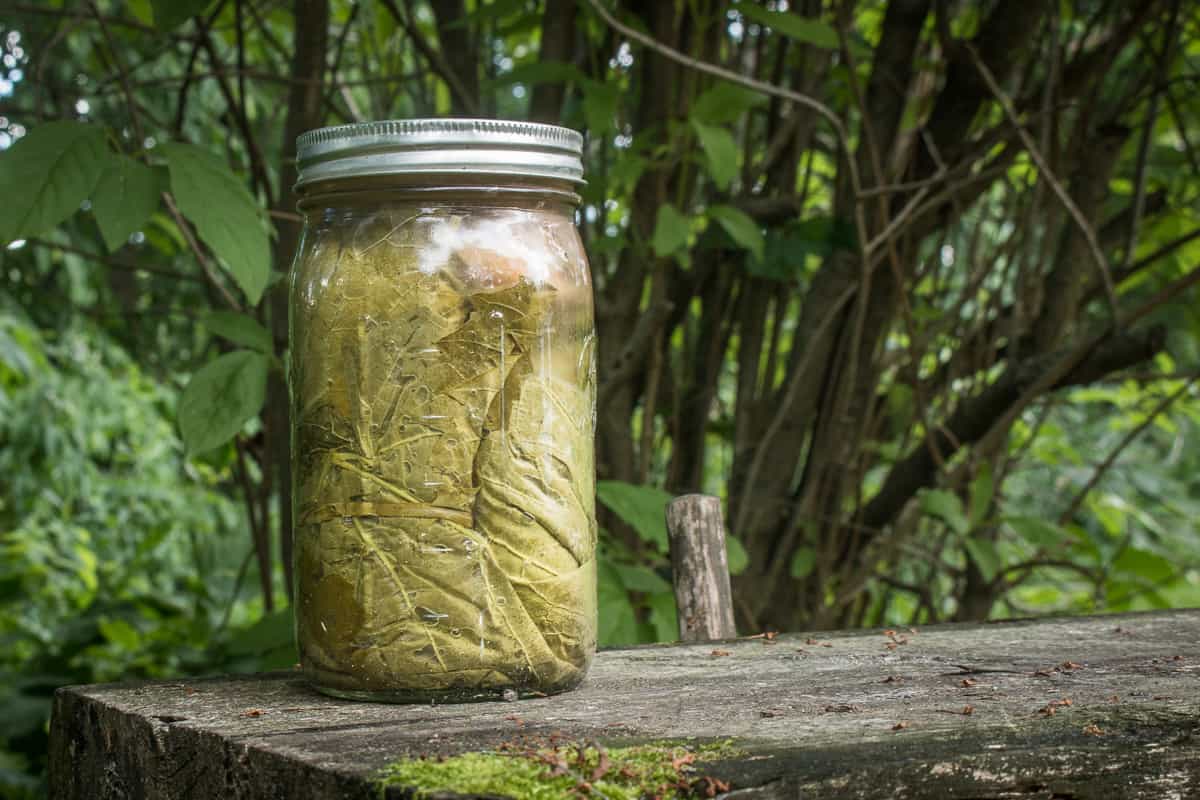
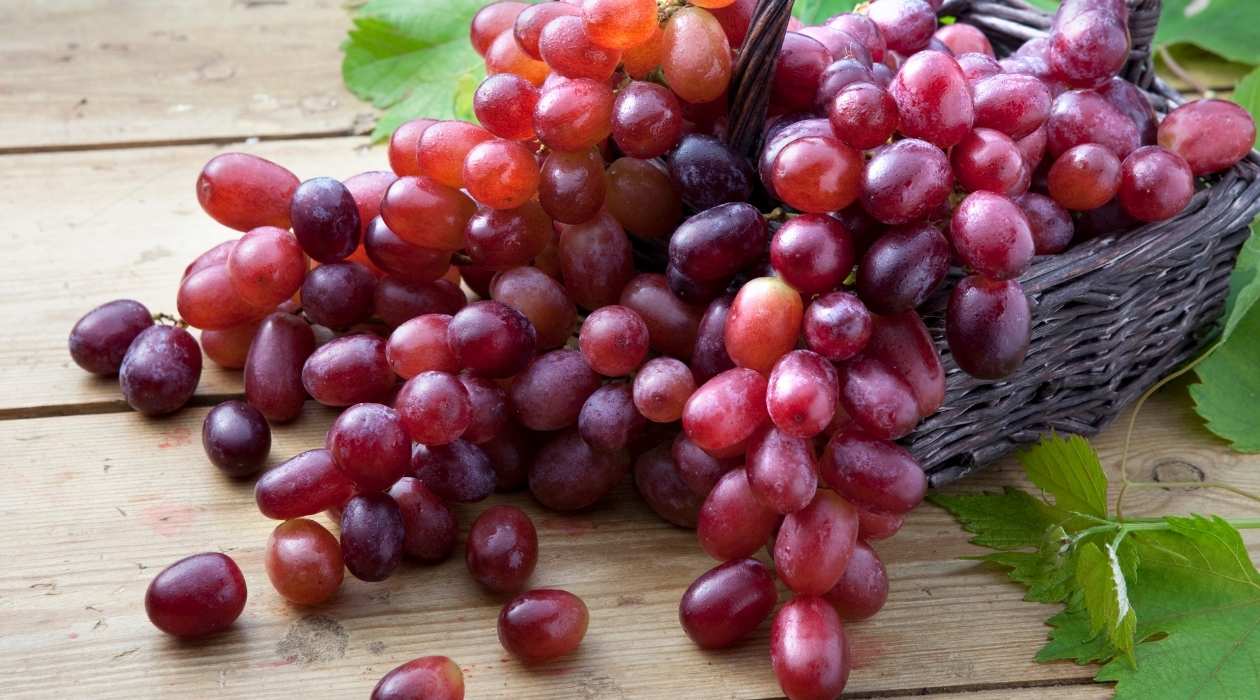
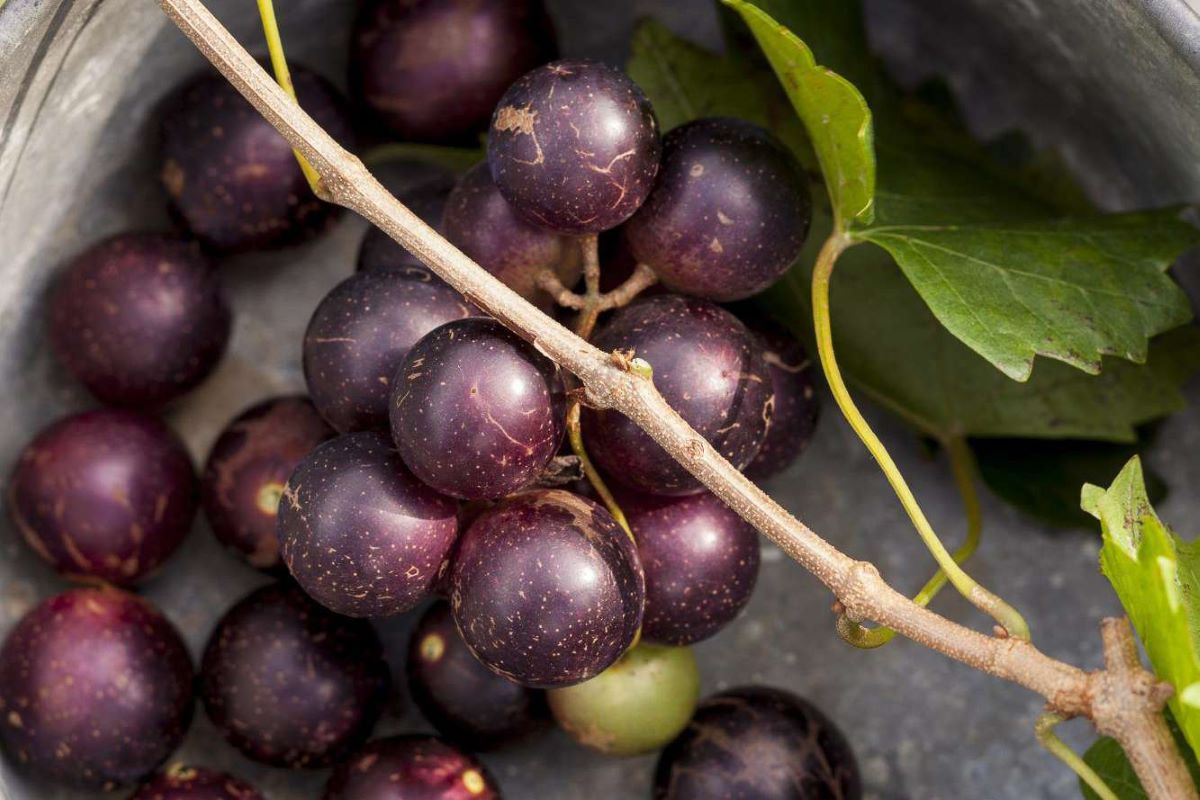
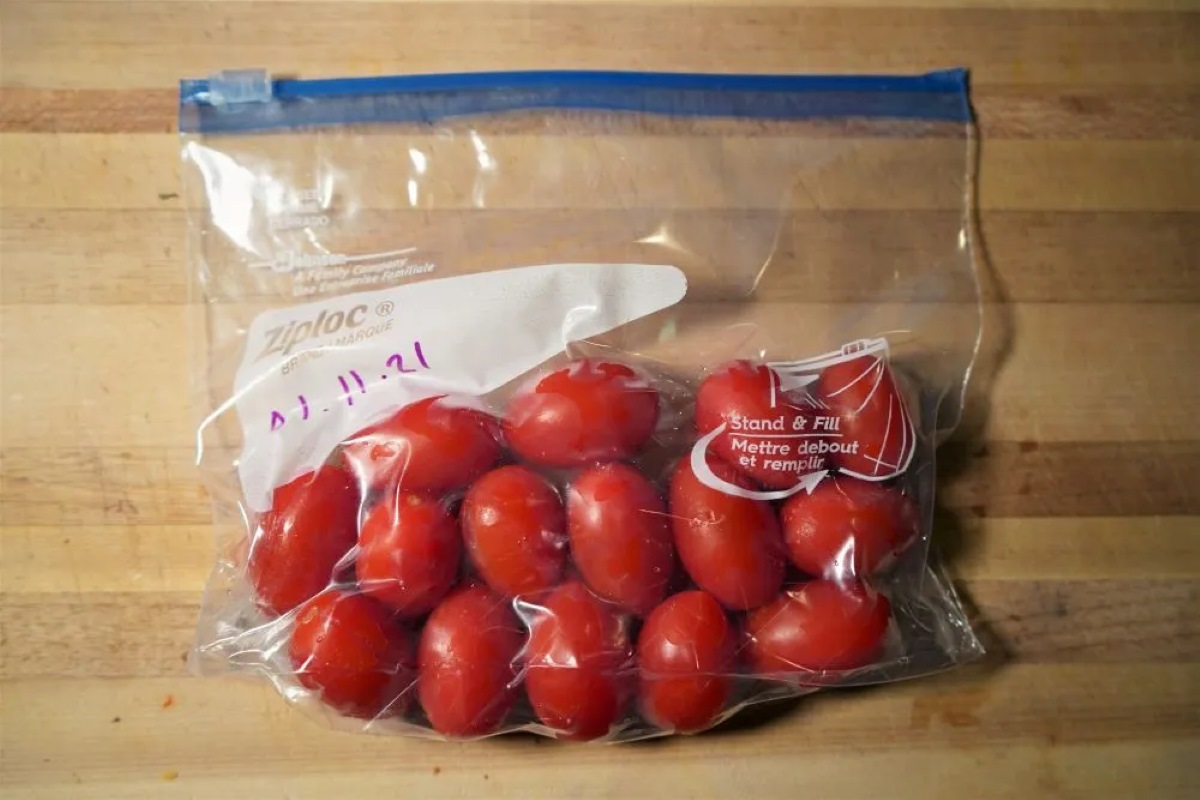
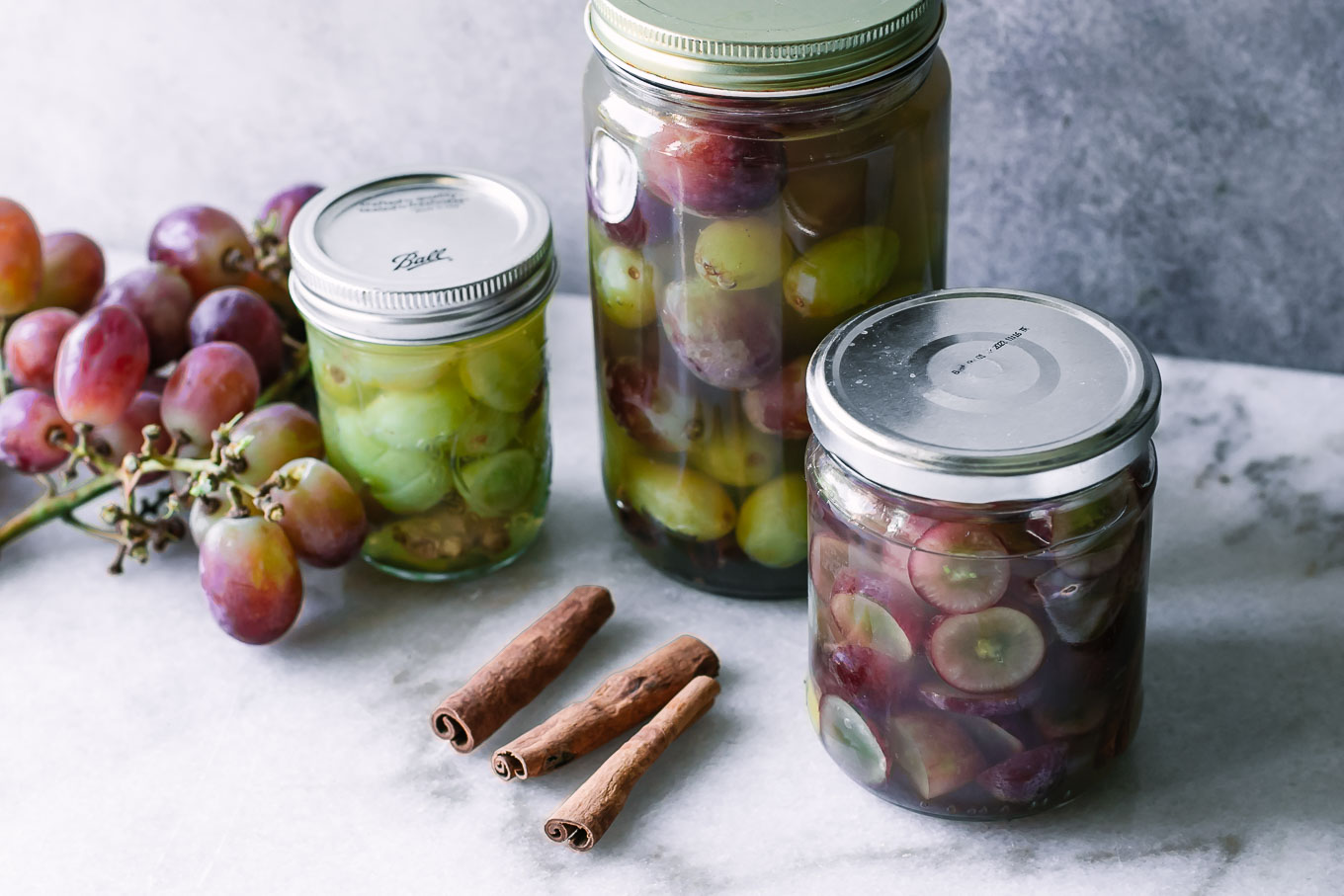
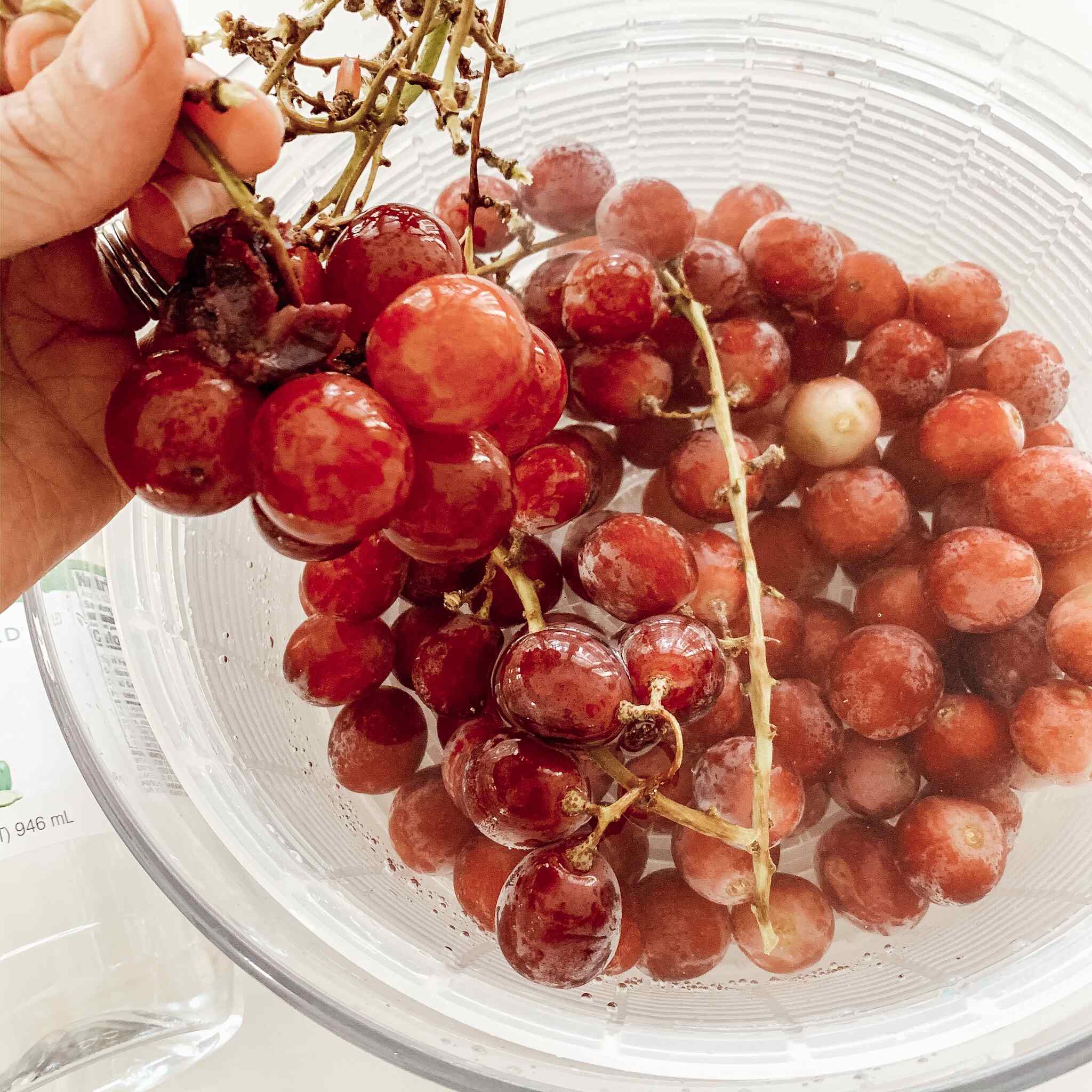
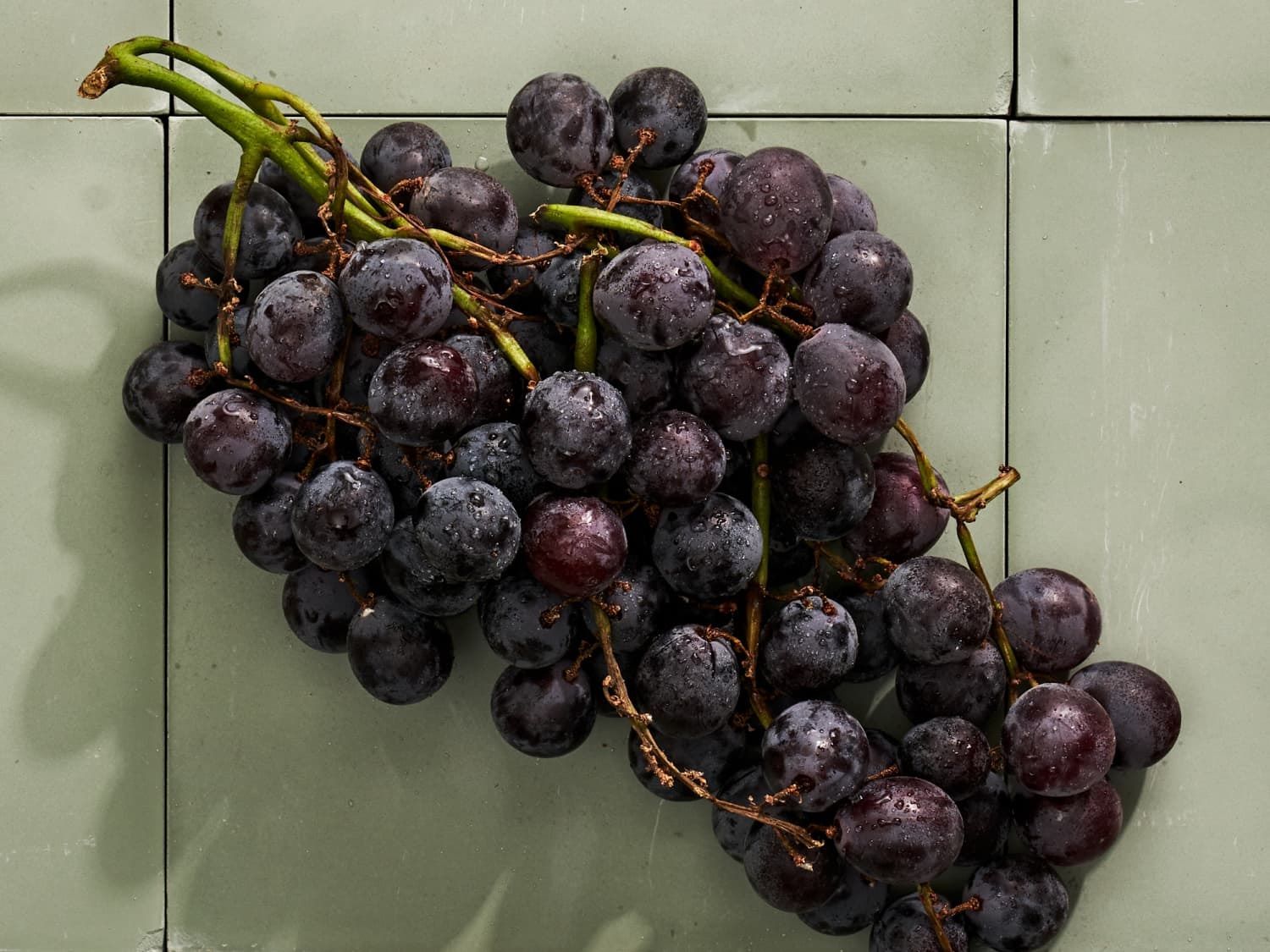
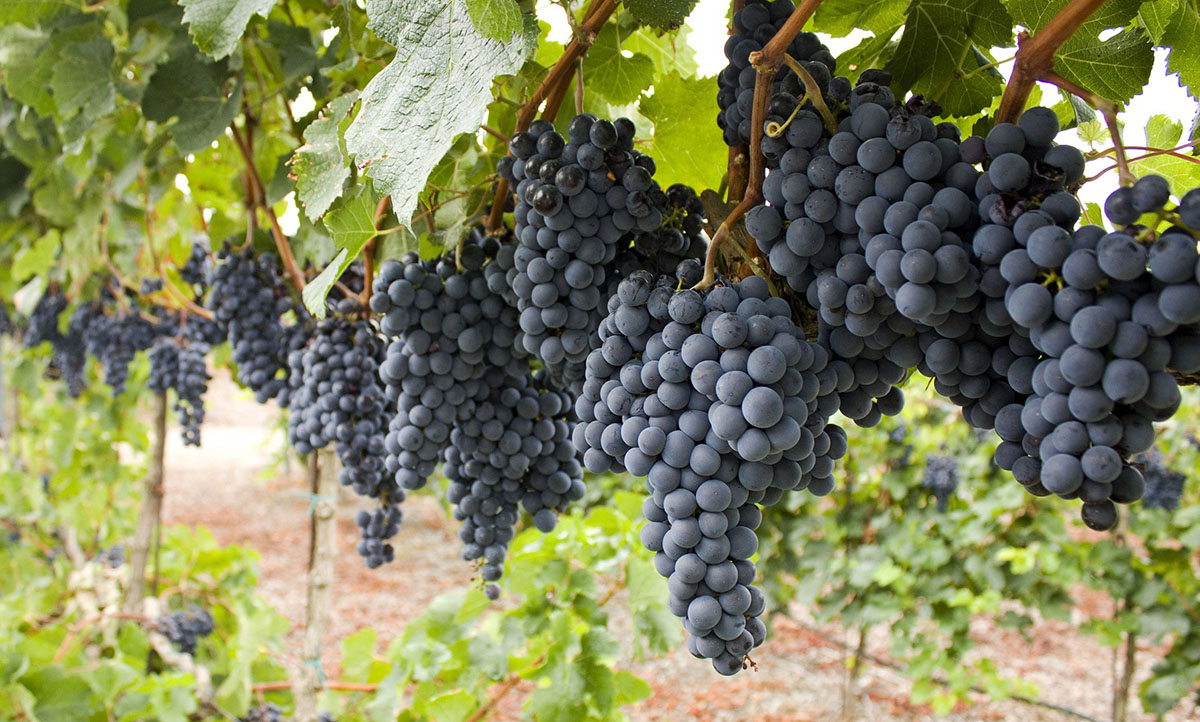

0 thoughts on “How To Store Grape Hyacinth Bulbs”